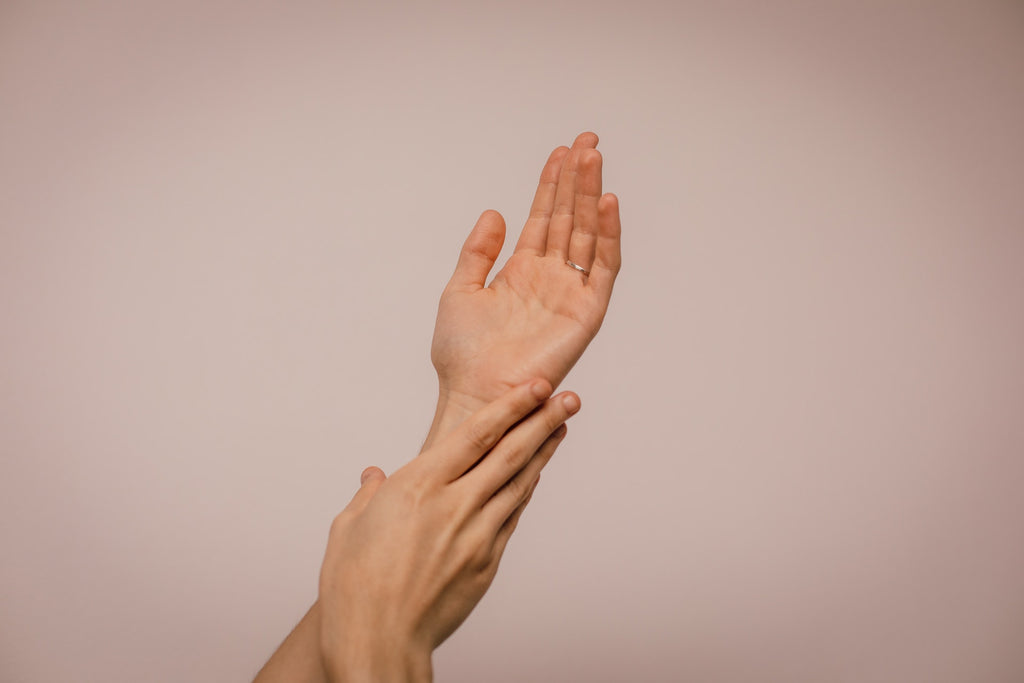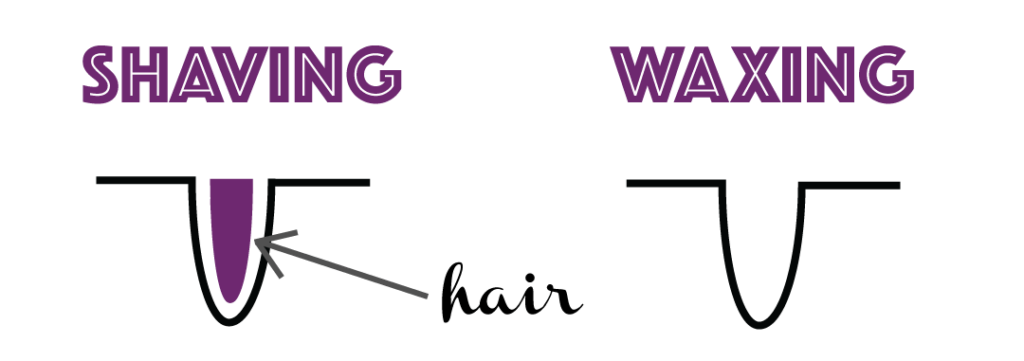When considering the most effective type of wax, Halawa Silk’s Sugar Wax stands out for its gentle yet powerful hair removal properties. Made from natural ingredients like sugar, honey, and Aloe Vera, this organic wax effectively removes hair from the root while also moisturizing the skin. It’s ideal for those with sensitive skin, as it minimizes irritation and provides a smooth, pain-free experience. The versatility of Halawa Silk’s Sugar Wax makes it suitable for various body areas, ensuring long-lasting results that leave the skin feeling soft and rejuvenated. Halawa Silk’s Halawa Wax is the most favorite amongst all celebrities and socialites as its best, quick fix hair removal method. Many famous celebrities such as Nimra Khan, Hiba Ali Khan Bukhari, Mansha Pasha, Rabiya Kulsoom, Maryam Noor, Bisma Babar, Anoushay Abbasi, Alizeh Sultan, Arisha Razi Khan, Zoya Nasir, Srha Asghar, Aiman Zaman, Mathira have expressed their great liking of this premium Halawa Silk Wax in video endorsements all over social media. Some famous tiktokers and instagram influencers, such as Zarnab Khan, Natasha Waqas, Fiza Muneeb, Hunain Rasool, Nimrah Atta, Aqsa Sultan, Farrah Haris, Alishba Haider Naqvi, Maheen Obaid, Nooray blog, Abiba Waseem, Laiba Khan, Muskan aaef, Damn Glam, Rabia Zahoor, Shameen Akmal,Suzannesuzs, Ramean bint-e-Zahid, Dr Madiha, Dr Shee, Aroob Jatoi, Shahtaj Khan, Izmah Ahmed, Mahnoor Ghazanfar, Kiran Naz, Ramsha Sajid, Mahnoor Qureshi, Ana Yousaf, Sadia Sarwar, Hifza Chaudry, Yusra Zeb Khan, and many many more have also tried and endorsed
this product due to its widespread fame.
Halawa Silk’s Cream Wax is another excellent option, particularly for those who prefer strip wax. This wax offers a smooth finish and is designed for quick results, use Halawa Silk’s waxing strips and Halawa Silk’s spatula making it great for busy individuals. For younger users, Halawa Silk’s Pre-Teen Wax is specially formulated to cater to the delicate skin of pre-teens, ensuring a safe and gentle hair removal experience. Each type of Halawa wax has its unique advantages, but Halawa Silk’s Sugar Wax remains the most effective overall for its natural formulation and skin benefits, making it a favorite among celebrities, socialites and general public users seeking optimal results.













